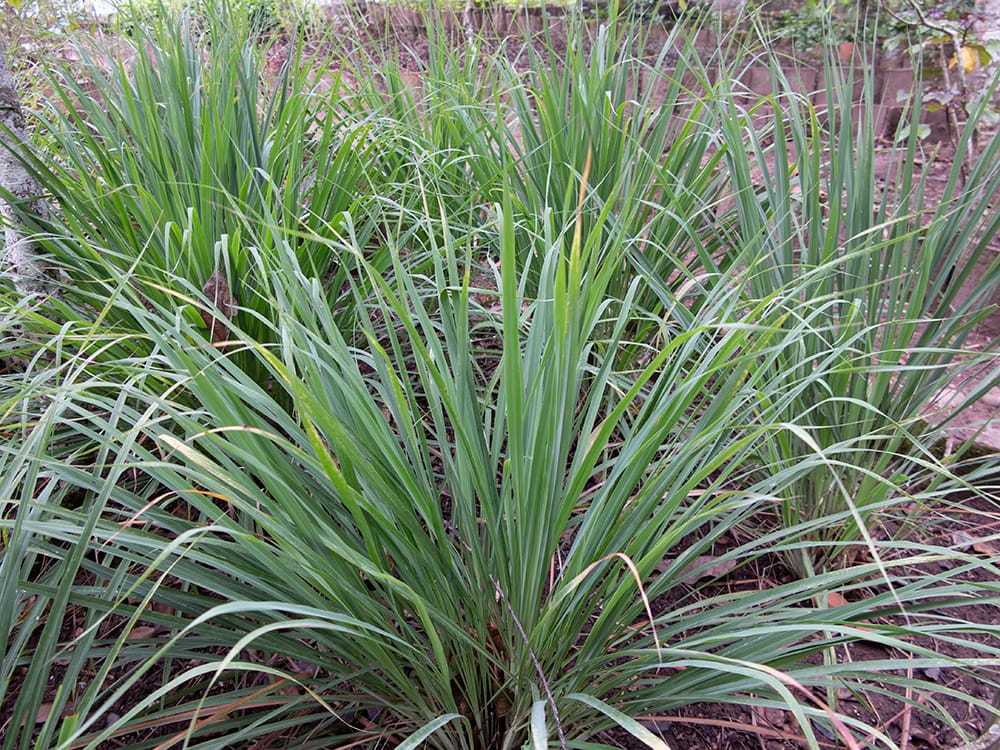Abstract
Lemongrass (Cymbopogon citratus), a versatile and aromatic plant, offers a myriad of benefits ranging from culinary uses to health and environmental advantages.
This article delves into the benefits of Lemongrass and its history, characteristics, environmental impact, and economic significance, while highlighting its culinary and nutritional value.
Despite its numerous benefits, challenges in its cultivation and conservation exist, necessitating sustainable practices.
Introduction
Lemongrass, scientifically known as Cymbopogon citratus, is a tall, perennial grass renowned for its citrusy aroma and flavor.
Native to tropical and subtropical regions, it is widely recognized for its extensive applications in traditional medicine, culinary arts, and modern industries. Its essential oils, rich in citral, lend it therapeutic properties that have been scientifically validated over time.
Beyond its health benefits, lemongrass plays a crucial role in environmental conservation and economic sustainability, making it a plant of global significance.
This article explores the diverse advantages of lemongrass and its multifaceted role in improving human well-being and environmental health.
History Of Lemongrass
Lemongrass has a rich history that traces back to ancient civilizations in India and Southeast Asia, where it was prized for its medicinal and aromatic qualities.
In Ayurvedic medicine, it was commonly used to treat fevers, digestive disorders, and infections. Similarly, in Chinese medicine, it was valued for its ability to reduce pain and promote relaxation.
The plant’s popularity spread through trade routes, reaching Africa, the Middle East, and eventually the Americas. Over centuries, lemongrass transitioned from a medicinal herb to a culinary staple and industrial ingredient.
Today, it remains an integral part of traditional practices while also supporting modern industries such as perfumery, cosmetics, and herbal medicine.
Characteristics Of Lemongrass
Lemongrass is a fast-growing, aromatic grass that thrives in warm climates. It features long, slender, green leaves and forms dense clumps.
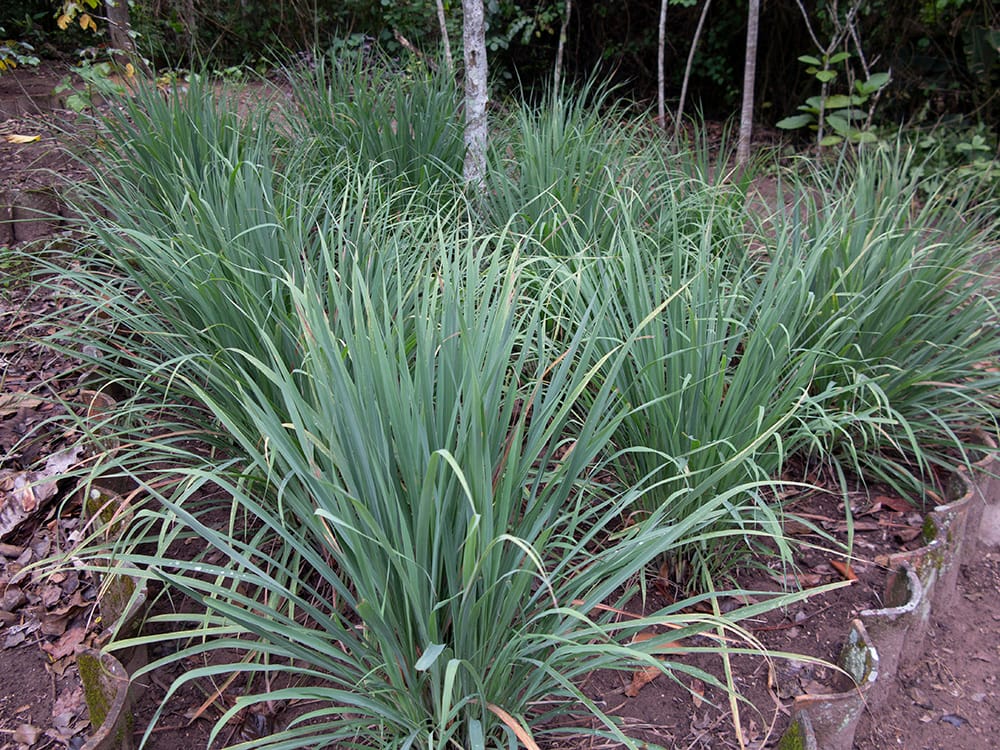
Known for its lemon-like fragrance, the plant contains essential oils, primarily citral, responsible for its distinctive scent and medicinal properties.
Environmental Benefits
- Air Purification: Lemongrass helps improve air quality by absorbing pollutants and releasing oxygen.
- Soil Stabilization: Its dense root system prevents soil erosion and enhances soil fertility.
- Biodiversity Support: Lemongrass attracts pollinators and beneficial insects, contributing to ecosystem balance.
Benefits Of Lemongrass
Here are some of the benefits of Lemongrass:
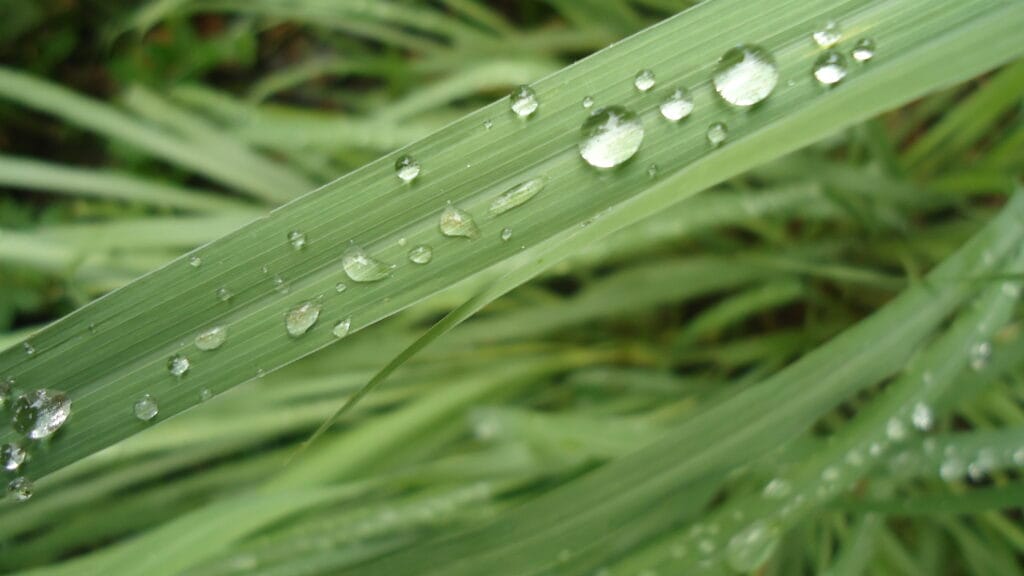
- Health Benefits: Rich in antioxidants, lemongrass aids in detoxification, improves digestion, reduces inflammation, and promotes relaxation.
- Antimicrobial Properties: It combats bacterial and fungal infections, making it effective in treating skin conditions and infections.
- Weight Management: Known for boosting metabolism and aiding in weight loss.
- Stress Relief: The calming aroma of lemongrass essential oil helps reduce anxiety and improve sleep quality.
- Pain Relief: Lemongrass oil is often used in massage therapy to alleviate muscle pain and headaches.
- Immune Support: Its vitamin C content enhances the immune system’s response to infections.
- Respiratory Health: Used in steam inhalation, it helps relieve congestion and improve breathing.
Uses
- Culinary: Adds flavor to dishes, teas, and beverages.
- Medicinal: Used in herbal teas, essential oils, and traditional remedies.
- Cosmetic: Incorporated in skincare and haircare products for its soothing properties.
- Aromatherapy: Used in diffusers and massage oils for relaxation and stress relief.
Economic Significance
Lemongrass cultivation contributes significantly to the agricultural and essential oil industries. Countries like India, Sri Lanka, and Thailand are leading producers, exporting essential oils and dried lemongrass to global markets.
Its role in supporting small-scale farmers and promoting sustainable agricultural practices makes it economically vital.
Market
The global lemongrass market is driven by its demand in the food, beverage, and cosmetic industries.
Rising awareness of its health benefits has led to increased consumption, particularly in herbal teas and organic products.
The essential oil market continues to grow, catering to perfumery, aromatherapy, and therapeutic applications.
Conservation and Challenges
- Overharvesting: Excessive harvesting can deplete wild populations, impacting biodiversity.
- Climate Sensitivity: Susceptible to extreme weather conditions, lemongrass cultivation requires careful planning.
- Pests and Diseases: Vulnerable to fungal infections and pests, which can affect yield and quality.
- Sustainable Practices: Encouraging sustainable farming methods is essential to protect lemongrass resources for future generations.
Interesting Facts About Lemongrass
Here are some interesting facts about Lemongrass:
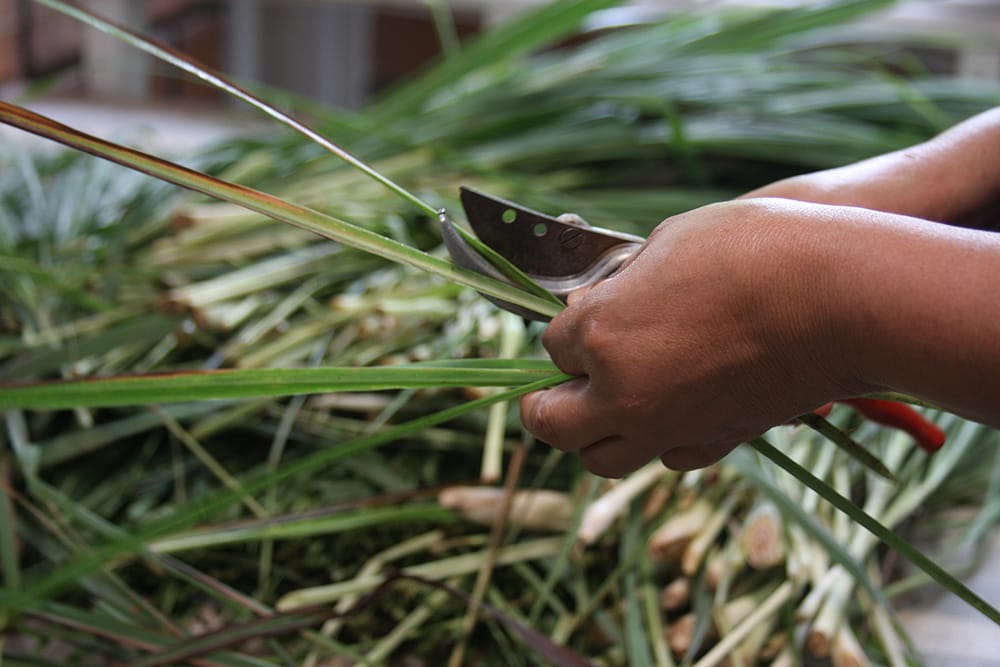
- Lemongrass is often called “fever grass” due to its traditional use in reducing fevers.
- It is a natural mosquito repellent, commonly used in citronella candles.
- The essential oil extracted from lemongrass is a key ingredient in perfumes and aromatherapy products.
- In some cultures, lemongrass is believed to bring good luck and ward off negative energy.
- Its fibers are used to make eco-friendly paper and packaging materials.
Culinary Uses Of Lemongrass
Lemongrass is a key ingredient in Asian cuisines, particularly Thai, Vietnamese, and Indian dishes.
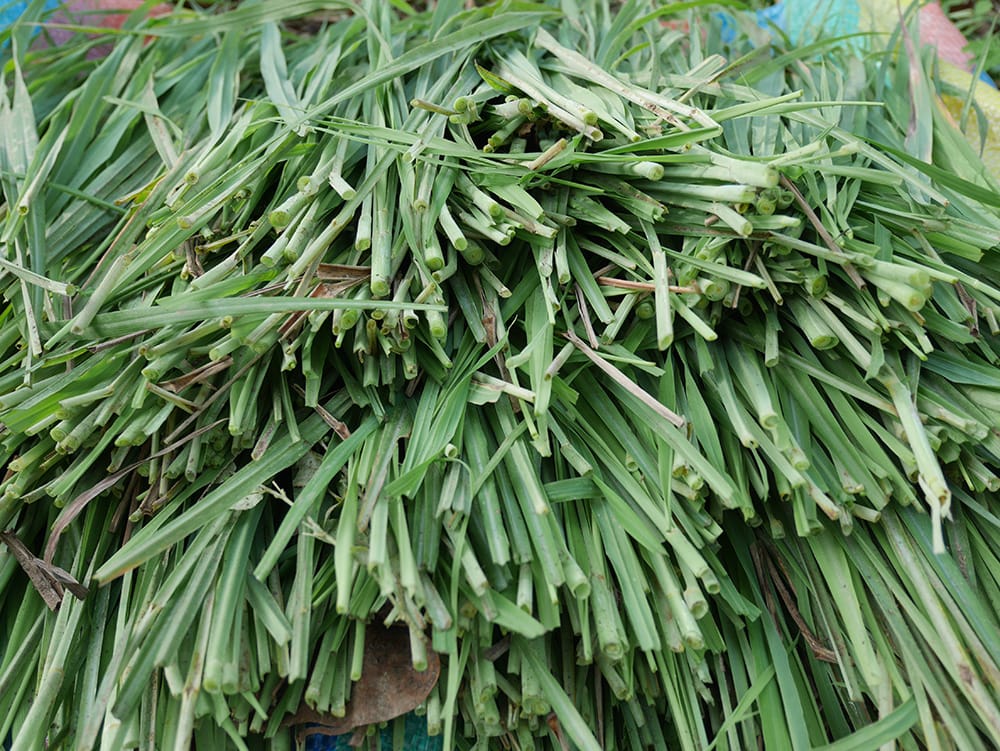
It adds a unique citrus flavor to soups, curries, and marinades. It is also used to make herbal teas and refreshing beverages.
Nutritional Benefits
Lemongrass is low in calories and packed with vitamins and minerals, including Vitamin C, Vitamin A, folate, potassium, magnesium, and zinc.
Its antioxidant properties help combat free radicals, supporting overall health. Additionally, it aids in detoxification by flushing out toxins from the body.
Traditional Dishes
- Tom Yum Soup (Thailand): A spicy and sour soup infused with lemongrass.
- Lemongrass Chicken (Vietnam): A savory dish marinated with lemongrass and spices.
- Lemongrass Tea: A popular herbal beverage with calming effects.
- Laksa (Malaysia): A fragrant noodle soup featuring lemongrass as a key ingredient.
Caution
While generally safe, excessive consumption of lemongrass may cause allergic reactions or interact with certain medications.
Pregnant and breastfeeding women should consult healthcare providers before use, as its effects on fetal development are not well-documented.
Individuals with pre-existing medical conditions, such as diabetes or kidney problems, should exercise caution and seek medical advice prior to incorporating lemongrass into their diet or wellness routine.
Additionally, undiluted lemongrass essential oil should not be applied directly to the skin to avoid irritation.
Conclusion
Lemongrass (Cymbopogon citratus) is a remarkable plant with extensive benefits across culinary, medicinal, and environmental domains.
Its rich history, nutritional value, and economic significance make it a valuable resource. As its popularity grows, promoting sustainable cultivation and mindful consumption is vital to ensure its continued availability.
With its versatile applications and myriad benefits, lemongrass remains an essential component of human life and ecological balance, embodying the harmony between nature and modern living.
Also Read: Benefits of Banaba (Lagerstroemia speciosa) A Detailed Analysis of its History, Benefits, Uses, Facts and safety
Well, what do you think about the article?
Did you enjoy reading “Benefits of Lemongrass (Cymbopogon citratus) A Detailed Analysis of its History, Benefits, Uses, Facts and safety“?
We really hope that you have found this article informative and engaging. If you have any thoughts or comments about this post, please feel free to share them in the comment section below. We appreciate your feedback and would be glad to hear from you.
To see more content like this check the gardening section of Money For My Beer.

